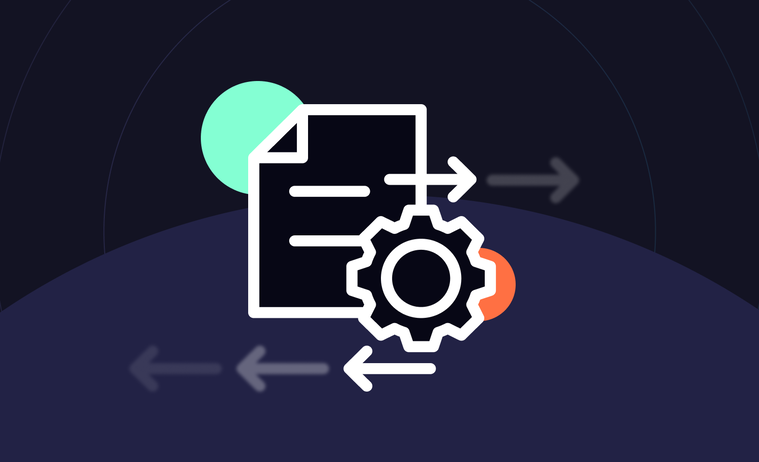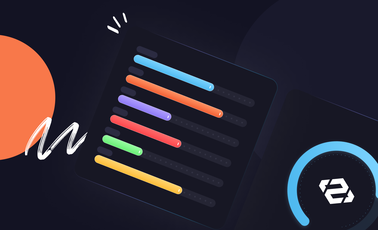What to Know About Self-service Data Integration
One of the main themes of the fast change we are going through is the "democratization" of technology. The basic premise of this fancy expression is quite simple: It refers to ever bigger masses enjoying the benefits of technological breakthroughs, which helps level the playing field to some extent and change lives.
Our journey from mainframe computers in select few institutions to workstations at the office to personal computers in every house and smartphones in every pocket has been one of democratization. Low-code/no-code tools are democratizing software development, for example. People love ChatGPT because it made AI accessible to the masses, democratizing the field. The next frontier in this wave is data integration because data is at the core of any technological breakthrough, and without democratizing data, there will be no real democratization.
Difficult trade-offs
Every effort to democratize technology has to involve some level of abstraction. This abstraction lowers the technological barriers and opens up certain technologies to more people. The improved accessibility comes at a price, though: Flexibility and certain capabilities are sacrificed for usability because of the limitations of regular users. The new abstraction level should empower people with limited knowledge to help themselves without getting lost, creating security risks, or causing trouble for others.
This rule applies to data integration as well. In an ideal world, self-service data integration brings the popular "do-it-yourself" attitude to the office. It allows frontline workers who consume data to solve problems by accessing, curating, and bringing together their data on their own, without the direct involvement of an IT team. By doing that, self-service data integration fulfills three objectives:
-
Overcoming the bottlenecks formed by the backlog of data integration requests waiting to be handled by the IT people
-
Liberating the software engineers from the day-to-day chores of attending to the requests from business units so that they can focus on more high-level tasks like improving the performance, uptime, and the overall security of the system
-
Reducing the size and the payroll of the IT team as subject matter experts can become self-reliant in data integration.
Checks and balances
But there is a caveat. Self-service data integration can become a disaster without well-defined user privileges, permissions, and role-based security measures. Without these in place, an organization would be opening its sensitive data to people who should not see it or do not have the capabilities to handle it. This would be a disaster in many industries like health, defense, and finance. This immense security risk is among the reasons for the lack of a bigger push toward self-service data integration in the enterprise segment.
This brings up the issue of data governance. Just like the abstraction level in software causes a trade-off between usability and capability, data governance and management needs are a source of a trade-off between usability and security in data integration. Enterprises cannot afford to take risks with security, and when they impose data governance and management principles, tools quickly become too sophisticated for non-technical users to use. SMBs and startups are more fortunate as they don't have as much sensitive data.
'Tell me doc, am I self-serving or self-deceiving?'
Considering these limitations, trade-offs , and challenges, is self-service data integration even possible? Or is it just a fantasy we are served as part of a marketing campaign?
Self-service was not a thing in the data integration space for years because we did not have easy-to-use data integration tools at hand. Therefore, we were dependent on a handful of skilled engineers. These people had to build data pipelines for each data source, an overwhelming task that was not scalable in an enterprise environment.
Against this backdrop, it is safe to say that products that were claiming to let users self-serve without offering a data integration capability were, in fact, pseudo-self-service. Assuming that the user would somehow bring the data together, they instead focused on empowering the users in the later stages. Data would be put together by engineers, and then the data consumers would use it to build dashboards or perform business analytics.
However, there is more to self-service data integration than just building real-time dashboards. For non-technical users to be able to self-serve, everything should start with integrating data. A seamless and preferably automated ETL process would be a good start to reduce employees' reliance on the IT department.
This is where the data virtualization technique comes in. Data virtualization makes self-service even more achievable as it removes ETL altogether and eliminates the need for engineers to be involved. It is empowering because frontline workers can leverage it to consolidate their data, create a single view of truth, and run any kind of business analytics without having to wait for technical people to respond. This technique truly holds the key to genuine self-service data integration.
Peaka has leveraged data virtualization to introduce zero-ETL data integration. By removing the transformation phase in ETL, zero-ETL also eliminates the need to engineer data so it fits the schema of the destination. Thanks to query federation, Peaka enables users to query data at the source, eliminating the need for costly data warehouses and big data teams.
Conclusion
Software has been eating the world for over a decade, and for that to continue, developers need our help. Democratization of the tech in this context is not a nice-to-have but a necessity. People need to be able to create apps on their own, leverage AI tools, and bring their data together without the involvement of developers so that technical people can keep us moving forward. By adding a data integration capability to our sophisticated no-code platform, that's exactly what we are trying to achieve at Peaka.




 Please
fill out this field
Please
fill out this field









